Hello. This is my first post.
My wife and I inherited some Native American Items that were found cir. 1875 or earlier by her Great Great Grandma in the Wind River and Kemmerer area of western Wyoming.
There is a very unique soapstone bowl that is black on one side. Stained from fire and smoke over time I assume. Also a spearhead and a large ax head or tomahawk.
Several points too and flint pieces.
I would truly appreciate any help identifying the items and establishing some sort of value. Although, to me, they are priceless.
Thanks for all the information on a great site.
My wife and I inherited some Native American Items that were found cir. 1875 or earlier by her Great Great Grandma in the Wind River and Kemmerer area of western Wyoming.
There is a very unique soapstone bowl that is black on one side. Stained from fire and smoke over time I assume. Also a spearhead and a large ax head or tomahawk.
Several points too and flint pieces.
I would truly appreciate any help identifying the items and establishing some sort of value. Although, to me, they are priceless.
Thanks for all the information on a great site.
Amazon Forum Fav 👍
Attachments
Upvote
0


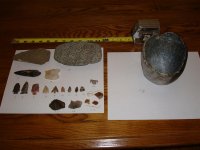
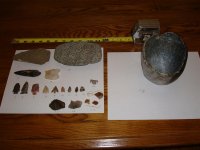
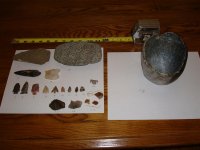
 I'd like to see some more pics of it. John
I'd like to see some more pics of it. John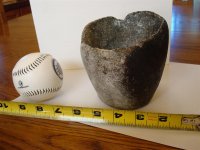
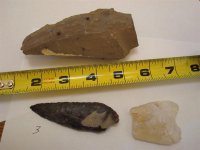
 and welcome!
and welcome! 



